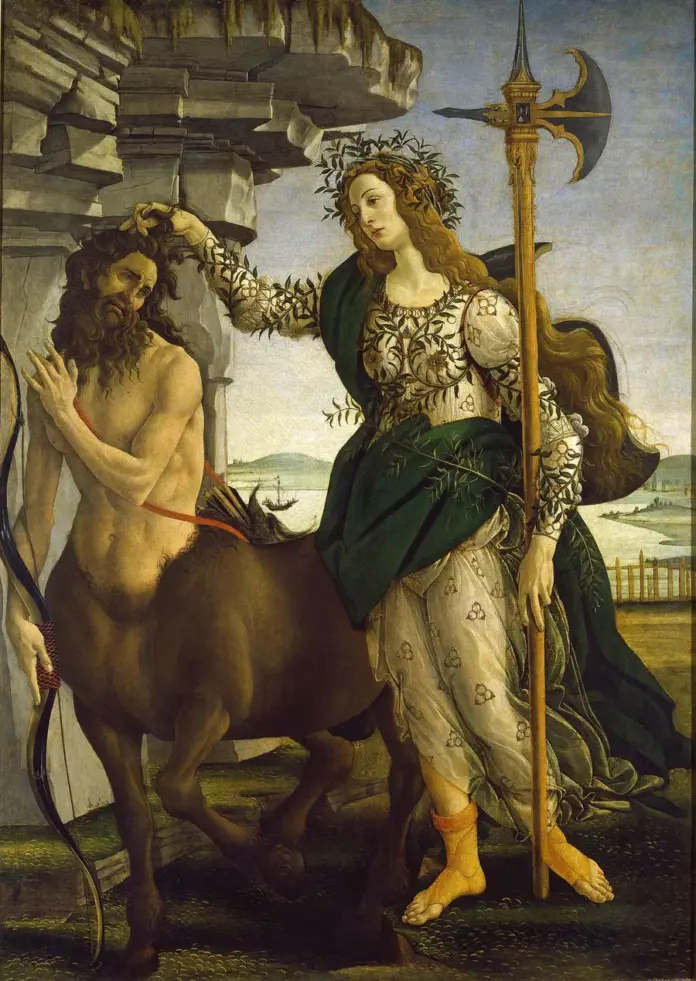Throughout history, art and finance have been deeply intertwined. Oscar Wilde’s quote suggests that while bankers are drawn to art, artists focus on financial aspects. This relationship raises questions about when art became so linked with finance, with some critics lamenting that money taints the pure essence of art.
In late Gothic Italy, the origins of merchant banking arose when Venetian bankers, trying to sidestep the Church’s usury laws, created letters of credit. The Church and these bankers struck a deal where the bankers, in return for accumulating wealth, would patronize the Church, leading to significant financial backing for early Renaissance art.
The 17th-century Dutch economic surge, powered by financial innovations like the joint stock company, led to art being viewed less as religious and more as a commodity. This era also introduced new financial avenues for artists, like using their artworks as collateral for loans.
By the 20th century, American financiers, amassing wealth through tools like corporate trusts, began investing heavily in European art, positioning post-war New York as the art capital. The 1980s brought further innovations like leverage finance and securitization, cementing art’s status as a valuable asset and, at times, even currency.
Today, the art-banking niche is prominent, with art being a unique collateral based more on cultural value than tangible utility. The belief remains firm in the finance world that art, despite its abstract valuation, will always hold significant worth.
Analysis
The relationship between art and banking is deep-rooted, and their intertwined history spans centuries. From the early Renaissance period to the modern financial era, the financial world has played a crucial role in shaping the art landscape, and vice versa. Today, art and finance are more intertwined than ever. Art has become a diversified asset class, with art funds, art-backed loans, and dedicated art banking divisions in major banks. Auction houses no longer just sell art; they offer financial services and even extend credit. The history of art is a reflection of its times, and banking and finance have been instrumental in shaping those times. From patronage to commodification to securitization, the journey of art through the ages is a testament to its evolving relationship with the world of banking.
Beard, Evan. “How Banking Innovations Helped Fuel Art History’s Greatest Moments.” Artsy, 12 Sept. 2017, www.artsy.net/article/artsy-editorial-banking-innovations-helped-fuel-art-historys-greatest-moments.




